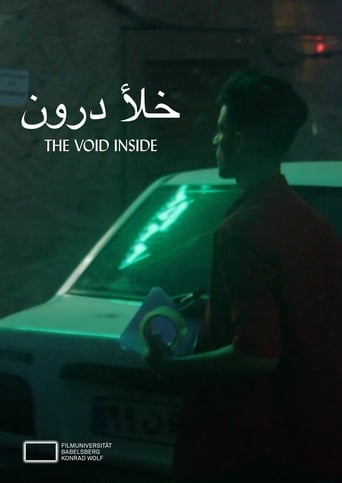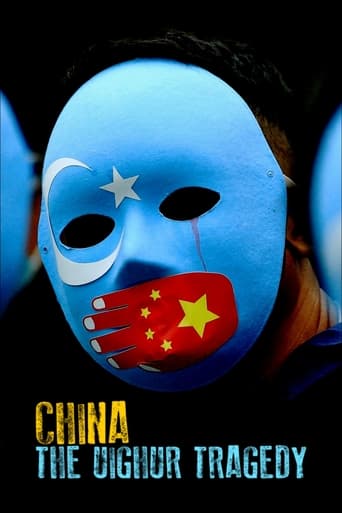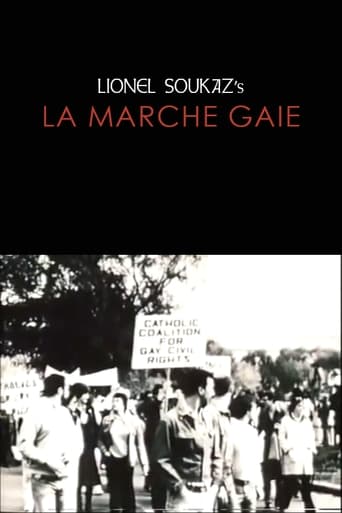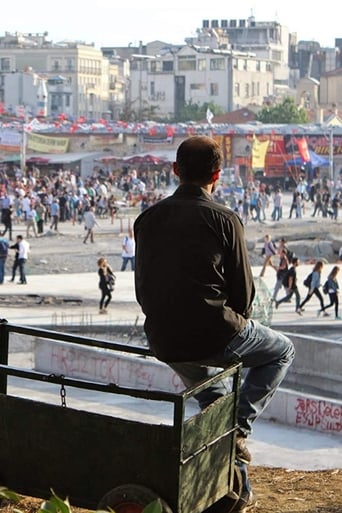
The Cave (2019)
Deep beneath the surface in the Syrian province of Ghouta, a group of female doctors have established an underground field hospital. Under the supervision of paediatrician Dr. Amani and her staff of doctors and nurses, hope is restored for some of the thousands of children and civilian victims of the ruthless Syrian civil war.
Rating: 7.3/10 by 48 users
Alternative Title:
Feras Fayyad s The Cave - IR
Ghar - SY
케이브 - KR
الكهف - SY
黑暗中的曙光:洞穴医院 - TW
Country:
Syrian Arab Republic
Language:
العربية
English
Runtime: 01 hour 47 minutes
Budget: $0
Revenue: $0
Plot Keyword: peace, conflict, human rights
‘The Cave’ Film Review : Syrian War Documentary from Oscar Nominated Director of ‘The Last Men in Aleppo’ by Shani Harris Feras Fayyad made history as the first Syrian filmmaker to earn an Academy Award nomination for his documentary “The Last Men In Aleppo.” Director Feras Fayyad immediately submerges the audience in the midst of the Syrian conflict with the opening shots of ‘”The Cave.” The imagery of war feels even more jarring, when a viewer watches the bombastic imagery of bombs pummeling the landscape. The sonic tapestry makes us hear the rumble of crumbling buildings. We immediately realize that innocent civilians are dying down below. Aerial drones show the devastating crisis that has arisen from the rule of Syrian dictator Bashar al-Assad. “The Cave” was shot from 2016 to 2018 and was awarded the People’s Choice Documentary prize at the 2019 Toronto Film Festival.The film also won the Grand Jury Prize at Sundance when Fayyad examined the renegade civilians in Aleppo who were affectionately called the “White Helmets.” “Last Men in Aleppo” is a verite film showing how volunteers Khaled, Mahomoud and Subhi risked their lives daily while walking over ground. We watch in awe as the men listen for Russian war planes over head and search through the wreckage of buildings to rescue helpless victims. There is a very touching scene in “Last Men of Aleppo”, when one of the reluctant heroes, decides to visit the home of a young boy that he saved. The boy is enamored with his rescuer and looks at the genial “White Helmet” like he is his own personal superhero who possesses magical powers. The boy constantly hugs his Superman and asks him how did he save him. The “White Helmet” wants to stay humble and merely reassures the child that he was saved because God wants him to grow up to be a man someday. Once he leaves the boy’s home he tells his colleague that he felt bad about the visit, because he did not want to appear boastful. He felt that he seemed too arrogant and was deliberately seeking praise. Fayyad is a gifted storyteller with the ability to balance the dramatic tragedy, with tender moments that show the humanity of his subjects. “The Cave” takes us underground in Al Ghouta during a different point in the war when a young pediatrician named Dr. Amani Ballor is trying desperately to save lives in a makeshift hospital located in a cave. Dr. Ballor is a valiant leader of the medical team, which includes both men and other women working together in the operating room. This is a feminist statement in itself for women to be working in the elite medical profession in a devout Muslim country. Dr. Ballor dotes on her young subjects making sure to leave girls with the mantra that they should strive to do work that helps people. Dr. Amani Ballor wants her patients to use their head and their heart to make the world a better place for others. She is also very active in offering women opportunities to work with her so they can help their families. She is often met with opposition by many who say they can’t work because according to tradition the men in their lives do not approve of women working. Dr. Ballor can’t hold back her frustrations to vent amongst her female colleagues Dr. Alaa and nurse Samaher, whenever she is met with resistance by strict Muslim women that she encounters in the field. There is one moment when she talks about how religion is used to oppress women, while riding in a car driven by women. This is another act of independence and defiance when some regions of the world don’t allow women to drive a vehicle. It was captivating to see a strong female protagonist on the screen who shed tears, when her patients were injured or died. Her compassion and strength showed that anything was possible. There are other tender and nuanced moments that Fayyad captures in the film. One touching scene shows Dr. Salim Namour, who is the most senior doctor in the hospital. Namour tries his best to ease the pain of his patients by playing classical music to distract them from noisy missiles. Another scene stands out when a grateful chef balances a hot meal, through the minefield of destruction outside to deliver food to Dr. Ballor. She later breaks down in a poignant scene and confesses that she feels so guilty that she is well fed, while her patients are starving from malnutrition. We are horrified by seeing shocking scenes of death when Dr. Ballor and her team try to grapple with a mysterious nerve gas attack. The devastating loss is even more unbearable to see after we are shown innocent children having fun playing in an underground amusement park in a rare moment of peace. Feras Fayyad explained during a Q&A for the film that it took a while for his subjects to feel comfortable with filming. The movie was shot handheld on DSLRS by a team of three cinematographers. At one point the director had to communicate with his DP’s remotely, because the area was too dangerous for him to navigate. The sound designer Peter Albrechtsen who has worked on Christopher Nolan’s Oscar winning film “Dunkirk” helped transform the Skywalker Dolby Atmos sound mix into another three dimensional element of the movie. The supervising sound editor brings viewers closer to experiencing the war zone induced PTSD that the characters are feeling. Your heart will skip a beat, while tuning in to the Russian warplanes and dreading where they will strike next. “ Some people come to me and say we understand the Syrian war now,” Fayaad told attendees at a Q&A. “You feel this is the mission of the cinema. To make people understand the emotions, the mind and to make people understand a different way.” “The Cave” is a must see because it leaves you with a connection to a war that is still making headlines and devastating so many people around the world. ‘The Cave’ is a National Geographic documentary films release and is currently playing in theaters. ‘The Last Men In Aleppo’ is available on Kanopy VOD and other streaming services.


















